BLOG
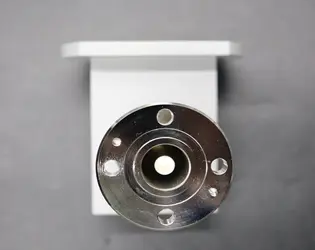
How to Ensure the Long-Term Stable Operation of High Power Waveguide to Coaxial Adapter?
February 24, 2025
Ensuring the long-term stable operation of High Power Waveguide to Coaxial Adapters is crucial for maintaining reliable signal transmission in high-frequency applications. These specialized components serve as critical interfaces between waveguide systems and coaxial cables, particularly in environments where power handling capacity is paramount. This comprehensive guide explores essential strategies for maximizing the operational lifespan and performance stability of these adapters, covering proper installation techniques, maintenance protocols, and environmental considerations that contribute to sustained functionality.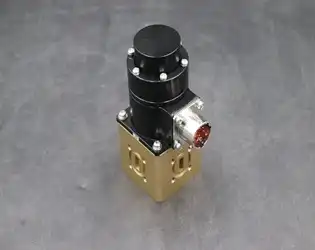
What is the typical insertion loss and isolation for Waveguide Electromechanical Switch?
February 21, 2025
When discussing the performance characteristics of Waveguide Electromechanical Switches, two critical parameters stand out: insertion loss and isolation. Typically, high-quality Waveguide Electromechanical Switches exhibit insertion loss values ranging from 0.2 to 0.5 dB across their operational frequency bands, while isolation values commonly exceed 60 dB, with premium models achieving up to 80 dB or higher. These specifications are crucial for maintaining signal integrity in demanding applications such as radar systems, satellite communications, and military installations where precise signal routing and minimal interference are essential for optimal system performance.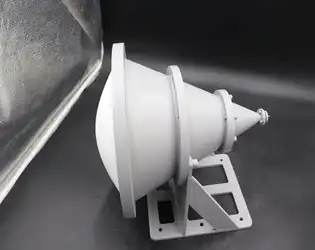
February 21, 2025
Installing a Point Focusing Horn Lens Antenna requires careful consideration of various environmental factors to ensure optimal performance and longevity. These specialized antennas, which combine conical or conical-corrugated horns with convex lenses, are highly sensitive to their installation environment due to their precise focal point requirements and complex electromagnetic characteristics. Understanding and accounting for these environmental factors is crucial for maintaining the antenna's designed focal spot formation and achieving minimum transmission loss between paired antennas. This comprehensive guide explores the critical environmental considerations for successful Point Focusing Horn Lens Antenna installation and operation.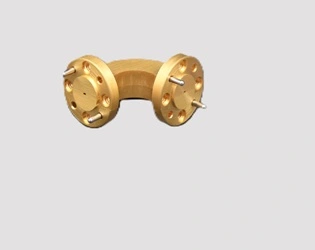
Can Waveguide H Bend be used in other types of communication systems besides millimeter-wave?
February 21, 2025
The versatility of Waveguide H Bend components extends far beyond millimeter-wave applications, playing a crucial role in various communication systems across different frequency bands. As a fundamental component in waveguide systems, H Bends enable the efficient routing of electromagnetic waves through complex geometries while maintaining signal integrity. This comprehensive analysis explores the diverse applications of Waveguide H Bends across multiple communication platforms and examines their technical capabilities beyond traditional millimeter-wave systems.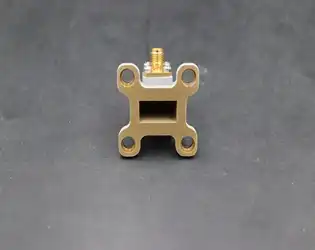
What are the common connector types for Right Angle Waveguide To Coaxial Adapter?
February 21, 2025
Right Angle Waveguide To Coaxial Adapters are crucial components in microwave systems, serving as the bridge between rectangular waveguide transmission lines and coaxial cables. These adapters facilitate the transition of electromagnetic waves between the two different transmission media while maintaining signal integrity at a 90-degree angle. When selecting the appropriate Right Angle Waveguide To Coaxial Adapter for your application, understanding the various connector types is essential for ensuring optimal performance and compatibility. The most common connector types include SMA, Type-N, TNC, 2.92mm/3.5mm/2.4mm (K/Ka-band connectors), and waveguide flanges such as UG, CMR, and CPR styles. Each connector type offers specific frequency ranges, power handling capabilities, and mechanical characteristics that make them suitable for different applications across telecommunications, radar systems, satellite communications, and defense.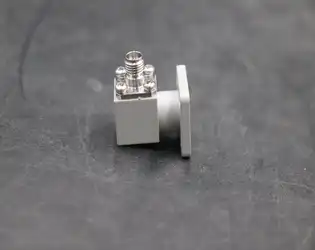
February 21, 2025
The structure of a Circular Waveguide To Coaxial Adapter significantly influences its signal conversion efficiency through several critical design elements. These adapters serve as essential interface components between circular waveguide systems and coaxial transmission lines, with their internal geometry directly affecting impedance matching, mode conversion, and signal integrity. A well-designed adapter features optimized probe dimensions, precise positioning, and carefully calculated cavity structures to minimize reflection and maximize power transfer. The transition region's taper profile, impedance transformation sections, and electromagnetic field distribution management collectively determine conversion efficiency. Advanced Microwave Technologies' adapters achieve exceptional performance with VSWR as low as 1.15:1 by implementing precision engineering that balances these structural factors to ensure minimal signal degradation across diverse frequency ranges..webp)
What are the typical applications of Waveguide Fixed Attenuator?
February 21, 2025
Waveguide Fixed Attenuators are essential components in high-frequency radio frequency (RF) and microwave systems, designed to precisely reduce signal strength while maintaining signal integrity. These precision-engineered devices provide consistent attenuation across specified frequency ranges, making them invaluable in applications requiring controlled signal reduction. Waveguide Fixed Attenuators are particularly crucial in satellite communications, radar systems, telecommunications infrastructure, and advanced microwave testing environments where signal power management directly impacts system performance and reliability.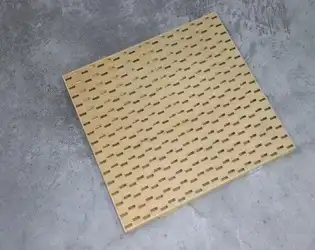
How do you maintain a Slotted Waveguide Array Antenna?
February 20, 2025
Maintaining a Slotted Waveguide Array Antenna is crucial for ensuring optimal performance and longevity in satellite communication systems. These sophisticated antenna systems, which consist of carefully designed slots cut into waveguide walls, require regular attention and precise maintenance procedures to maintain their efficiency and reliability. Understanding proper maintenance techniques can significantly extend the antenna's lifespan while preserving its critical performance characteristics such as gain, bandwidth, and radiation pattern accuracy.




